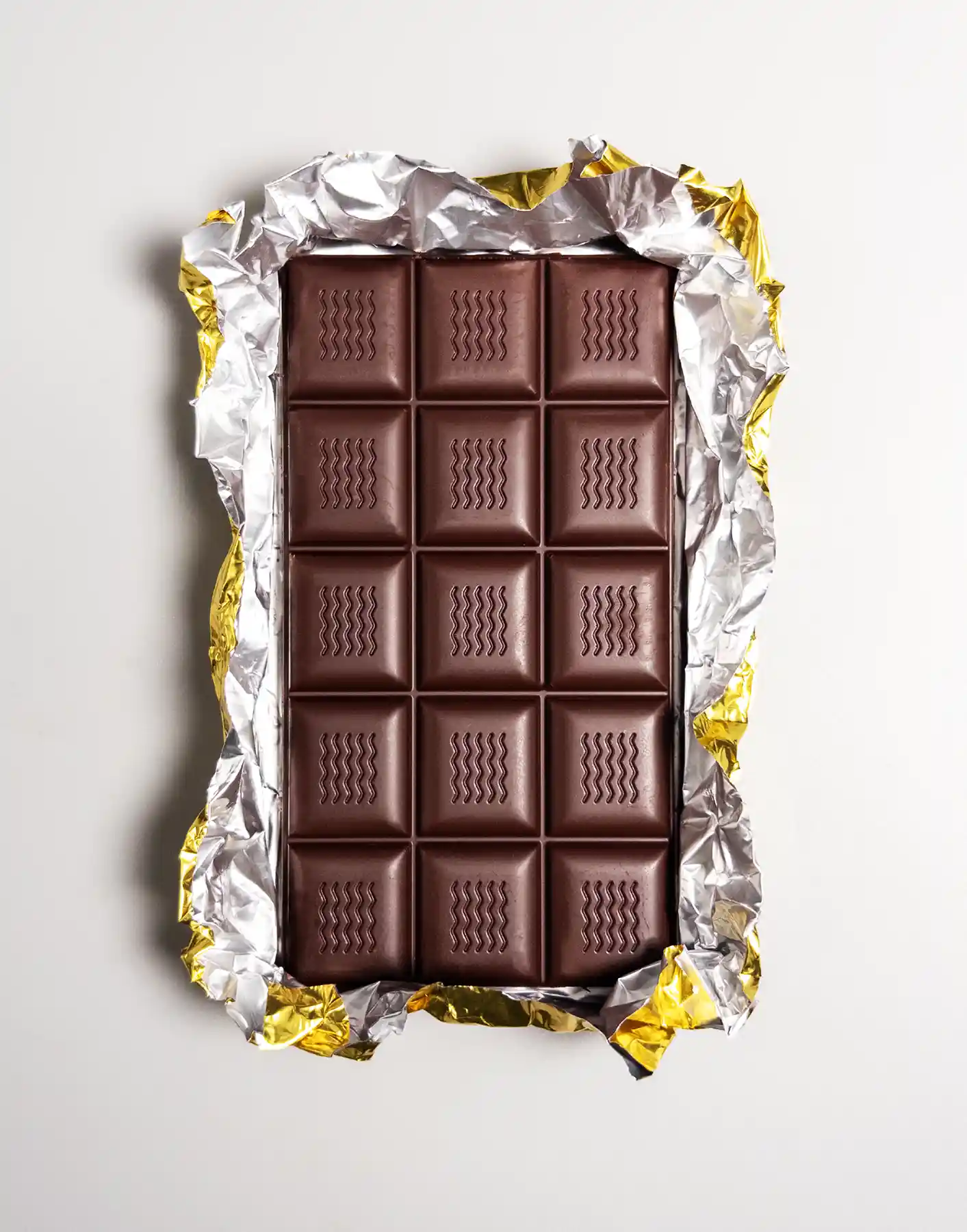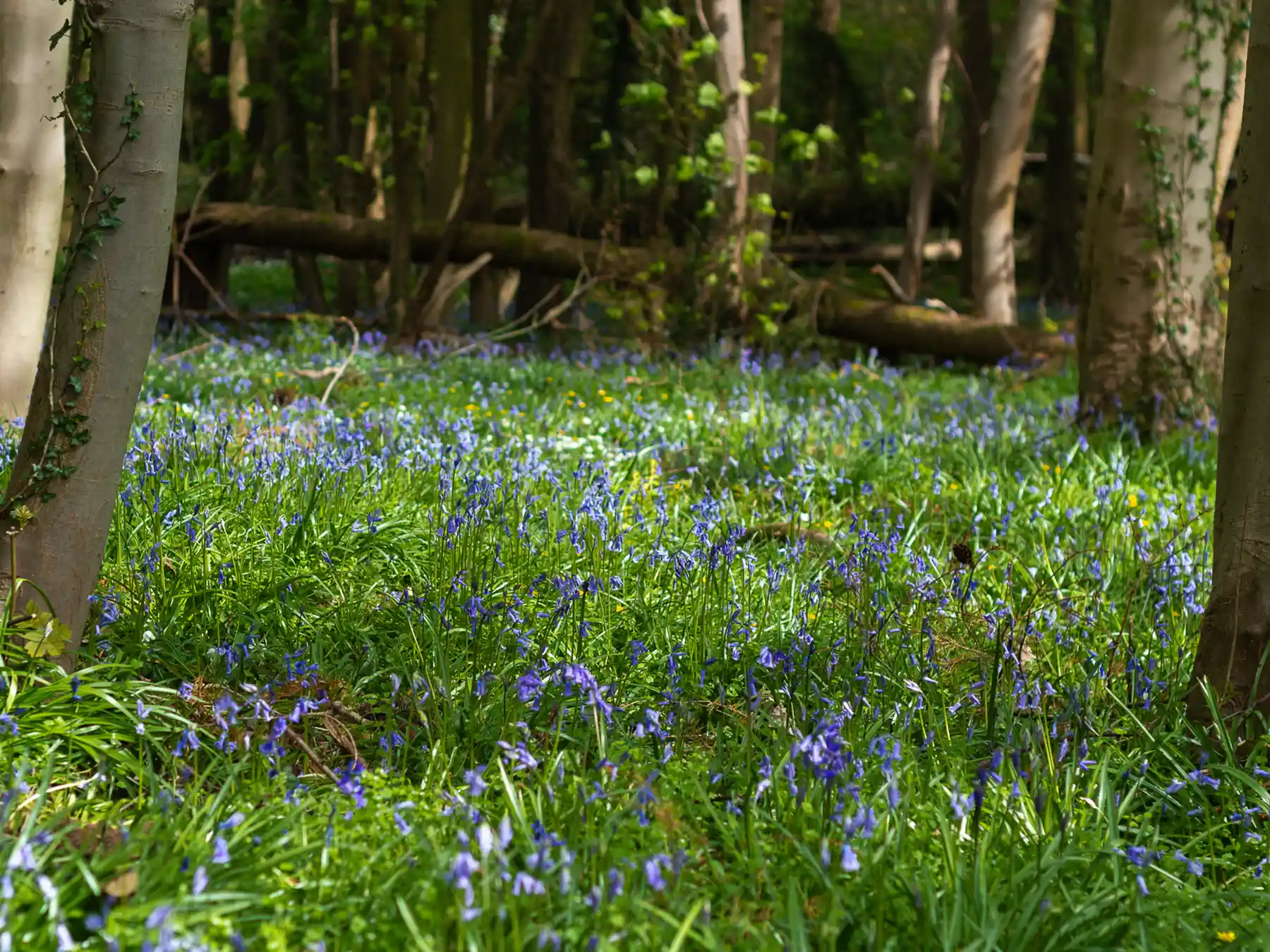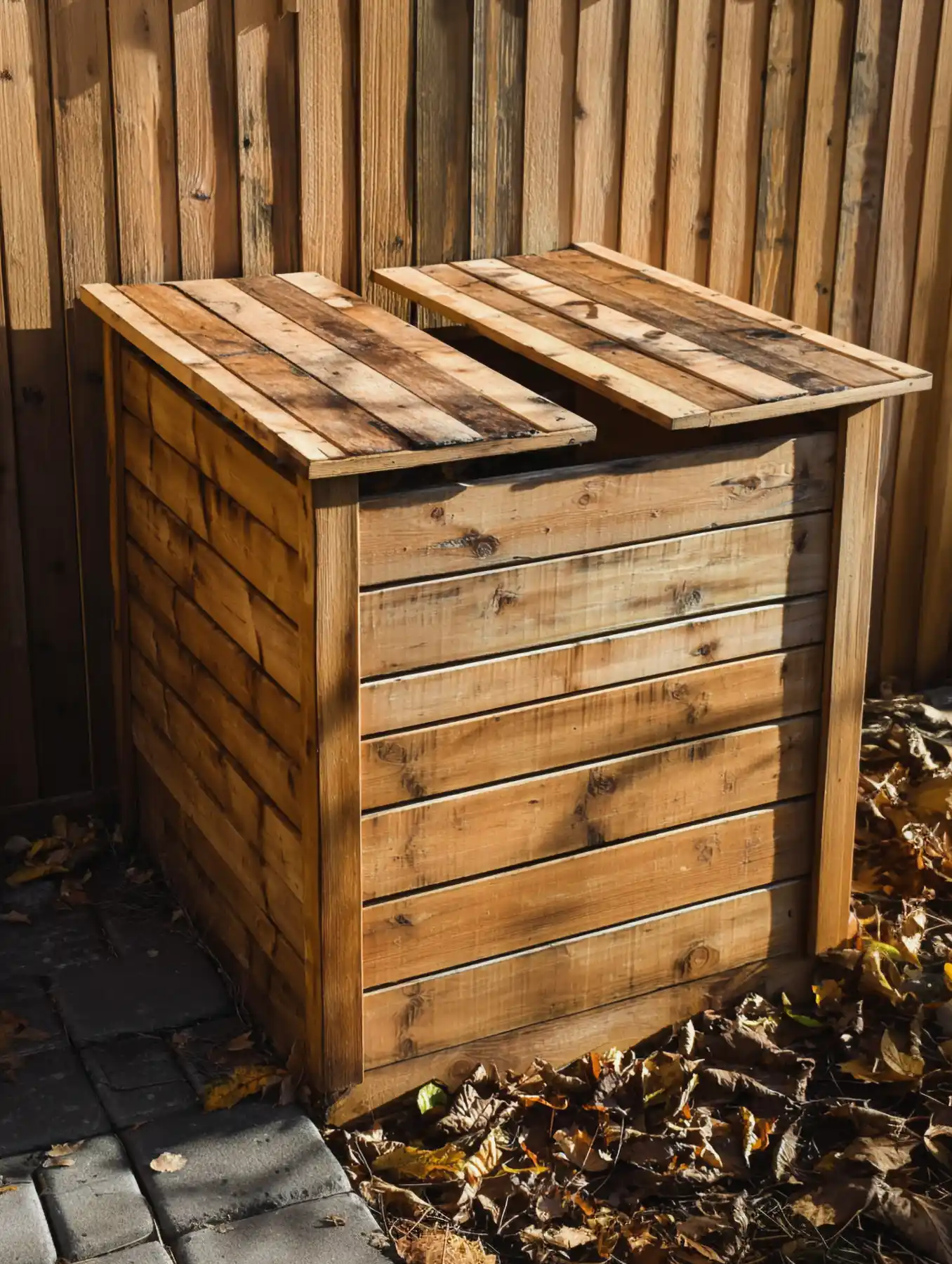Recycling & Material Impact
At MayHawk, we choose materials from recycled sources or ones that can be recycled. We prioritise low-impact options that support a fully circular supply chain.
Easier on the planet.
We want to make it easier for you to recycle our packaging, so we can take less materials from the Earth’s finite resources.
Recycling Initiatives.
Since 2017, we’ve increased our use of renewable and recycled materials within our processes, especially in the materials used for our packaging.
And from 2021, with a push towards Zero-Waste to Landfill, we have been identifying all waste sources and characterising each stream in the waste inventory.
In the last three years, we’ve also cut our packaging mass and volume by around 35%, introducing new packaging and shipping boxes that optimise space and fit our products better.
At MayHawk, at all touch points, we encourage our customers to give these recyclable materials in our packaging a second life after use, asking them to recycle and keep resources in circulation.

Recycling our aluminium foil outer wrapper
Material Impact
A key part of our design process is understanding the impact of every material we use. For example, aluminium foil which protects our chocolate perfectly, can also be easily and repeatedly recycled.
By also sourcing aluminium foil with recycled-content (and one day smelted with no greenhouse gas emissions) we can move a little bit closer to a closed-loop low-carbon system.
This is why in our packaging we started removing all plastic materials – since 2020 becoming 100% plastic free – and fully incorporating new materials in our packaging to easily process through existing recycling pathways in the household.
Closing the Loop
Closed-loop materials can be reused or recycled indefinitely, keeping resources in circulation and reducing waste and the continuous need for new materials.
Our products rely on many natural, renewable resources, making environmental care a responsibility we take seriously. Therefore, we design for a circular economy, minimising waste, reusing resources, and keeping materials in circulation longer.
Our continuing focus is on research and development, growing our own ingredients and investing in more sustainable, recyclable options, while preserving the quality and simplicity of our products.

Together let’s change it up and Recycle.
Small actions make a big difference.
Our packaging is designed to make a difference, please recycle it.
Sourcing materials responsibly
Over 40% of our footprint comes from external sources, like the energy and resource usage in growing and harvesting the ingredients we require. So for many of the ingredients and materials we use, we need to choose ethical supply chain partners committed to renewing natural resources.
Good things come in small, fibre‑based packages.
Paper and card in our packaging are prime examples – these are increasingly from recycled sources wherever possible and replenished in the supply chain through sustainable forestry programmes.
This approach shapes not only the choices of our packaging but also how we select all our suppliers—choosing those companies who share our values for ethical and environmentally sound practices.

We’re increasingly using recycled materials in our packaging
MayHawk Trees
Forests clean the air, purify water, capture carbon, and shelter wildlife. They also sustain the ecosystems that provide many of our raw materials: cacao for chocolate, maple syrup for sugar, and fibre-based card for packaging.
So our connections to the different forest ecosystems all over the world shapes many of the material choices we make. From ethical cocoa bean plantations in Madagascar, to certified maple syrup producers in Canada, to paper from responsibly managed forests in Europe – supporting healthy forest ecosystems is at the core of our supply chain decisions.
We even have a beautiful bluebell wood near us where we collect our acorns to grow the oak saplings.

The Bluebell woods at our facility in England
The materials we choose to use are important, but so is where they end up. We always start our designs with the end in mind.
Food Waste & Composting
Beyond packaging, we also consider the impact of food waste in our production process.
In 2024, our composting efforts allowed us to achieve a waste diversion rate of around 80 percent. Any clean, natural by-products from chocolate making (cocoa bean husks for example) are collected and converted into nutrient-rich compost.
This organic compost feeds the plants in our on-site greenhouse, where we grow select herbs, botanicals, and natural plants and fruits to flavour our future products. We’re also exploring ways to expand this programme by working with local community gardens and organic farms.
By turning what could be waste into a resource, we’re creating a small but meaningful closed-loop system, minimising landfill contributions, improving soil health, and enhancing the biodiversity around our facility.

Recycling Food Waste Into Compost at MayHawk

Every design and material decision we make is part of our effort to recycle, renew, or responsibly replace resources. At MayHawk, nothing is chosen lightly—we aim for a future where every product contributes to a truly circular, low-carbon, low-waste system.